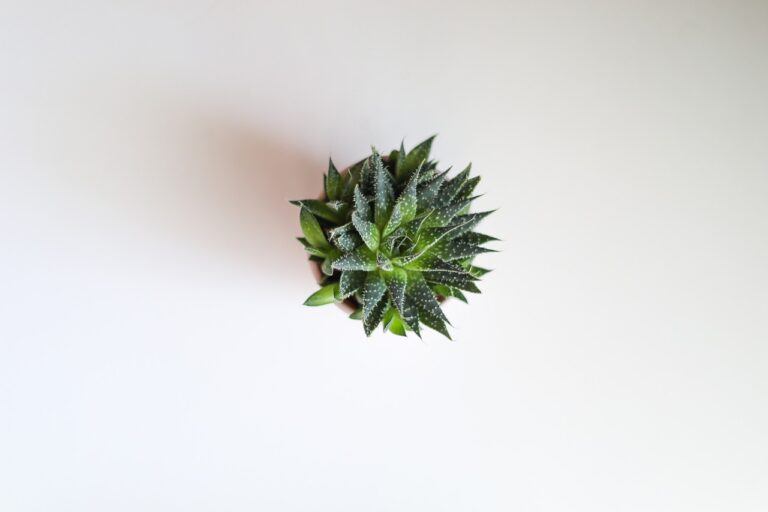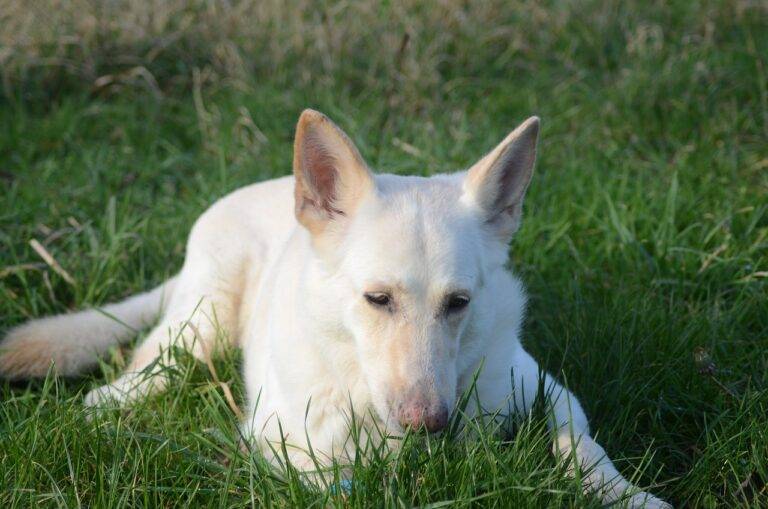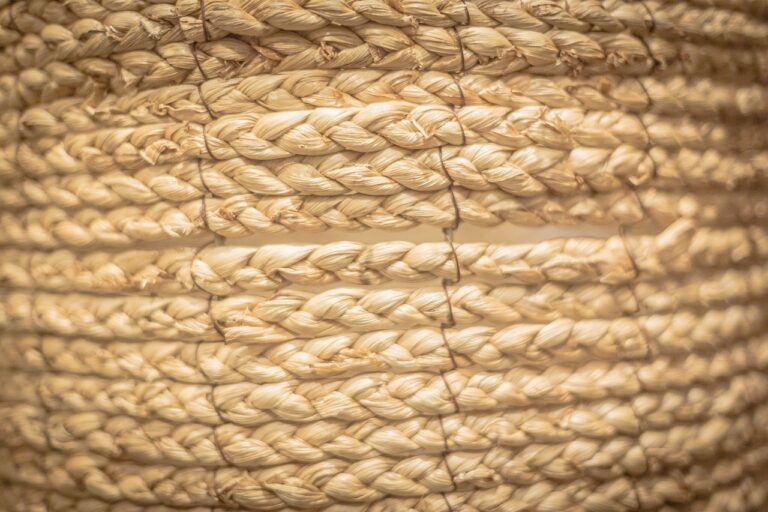Native Plant Selection for Sustainable Landscaping Improvement
Native plants offer a plethora of advantages when incorporated into landscaping projects. Their adaptability to local climates and soil conditions reduces the need for excessive watering, fertilizers, and pesticides. This not only conserves water but also promotes environmentally-friendly practices by minimizing chemical usage.
Furthermore, native plants play a crucial role in supporting local wildlife populations. They provide essential food sources and habitats for birds, insects, and other native species. By cultivating native plants in your landscape, you can contribute to the preservation of biodiversity and create a more vibrant and sustainable ecosystem.
• Native plants require less water, fertilizers, and pesticides
• Promotes environmentally-friendly practices by minimizing chemical usage
• Supports local wildlife populations by providing food sources and habitats
• Contributes to the preservation of biodiversity
• Creates a more vibrant and sustainable ecosystem
Understanding the Importance of Biodiversity in Sustainable Landscaping
Biodiversity plays a crucial role in sustainable landscaping by promoting a healthy ecosystem. By incorporating a variety of plant species into your landscape design, you can attract a diverse range of wildlife, such as birds, butterflies, and beneficial insects. This diversity helps to create a balanced and self-sustaining ecosystem, reducing the need for chemical pesticides and fertilizers.
Furthermore, a biodiverse landscape can enhance the overall resilience of your garden or property against environmental stressors, such as extreme weather events or pests. Different plant species have varying abilities to adapt to changing conditions, which can help maintain the stability and functionality of the ecosystem. In essence, prioritizing biodiversity in landscaping not only benefits the environment but also contributes to the long-term health and vibrancy of your outdoor space.
Factors to Consider When Selecting Native Plants for Your Landscape
One important factor to consider when selecting native plants for your landscape is the climate of your region. Native plants are naturally adapted to the local climate conditions, which means they require less water and maintenance compared to exotic species. By choosing plants that are well-suited to your area’s climate, you can create a more sustainable and resilient landscape.
Another factor to keep in mind is the soil type in your yard. Different native plants thrive in different soil conditions, so it’s essential to select species that will grow well in the specific soil type present in your landscape. Conduct a soil test to determine the pH level and composition of your soil, and choose plants that are compatible with these conditions to ensure they will flourish in your garden.
Why should I consider using native plants in my landscape?
Using native plants in your landscape can help promote biodiversity, provide habitat for local wildlife, reduce the need for water and pesticides, and create a sense of place.
How can native plants contribute to sustainable landscaping?
Native plants are well adapted to local climate and soil conditions, which means they require less maintenance, water, and chemical inputs. This can help promote sustainability and resilience in your landscape.
What factors should I consider when selecting native plants for my landscape?
Consider factors such as the local climate, soil type, sun exposure, water availability, and desired aesthetics when selecting native plants for your landscape. It’s also important to choose plants that are appropriate for your specific region.
Are native plants more expensive than non-native plants?
In some cases, native plants may be more expensive initially, but they often require less maintenance and inputs in the long run. Additionally, many nurseries and conservation organizations offer discounts or incentives for purchasing native plants.
Can I still incorporate non-native plants in my landscape if I want to?
While native plants are generally recommended for their numerous benefits, you can still incorporate non-native plants in your landscape if you choose to. Just be sure to select non-invasive species and consider the potential impact on local ecosystems.







